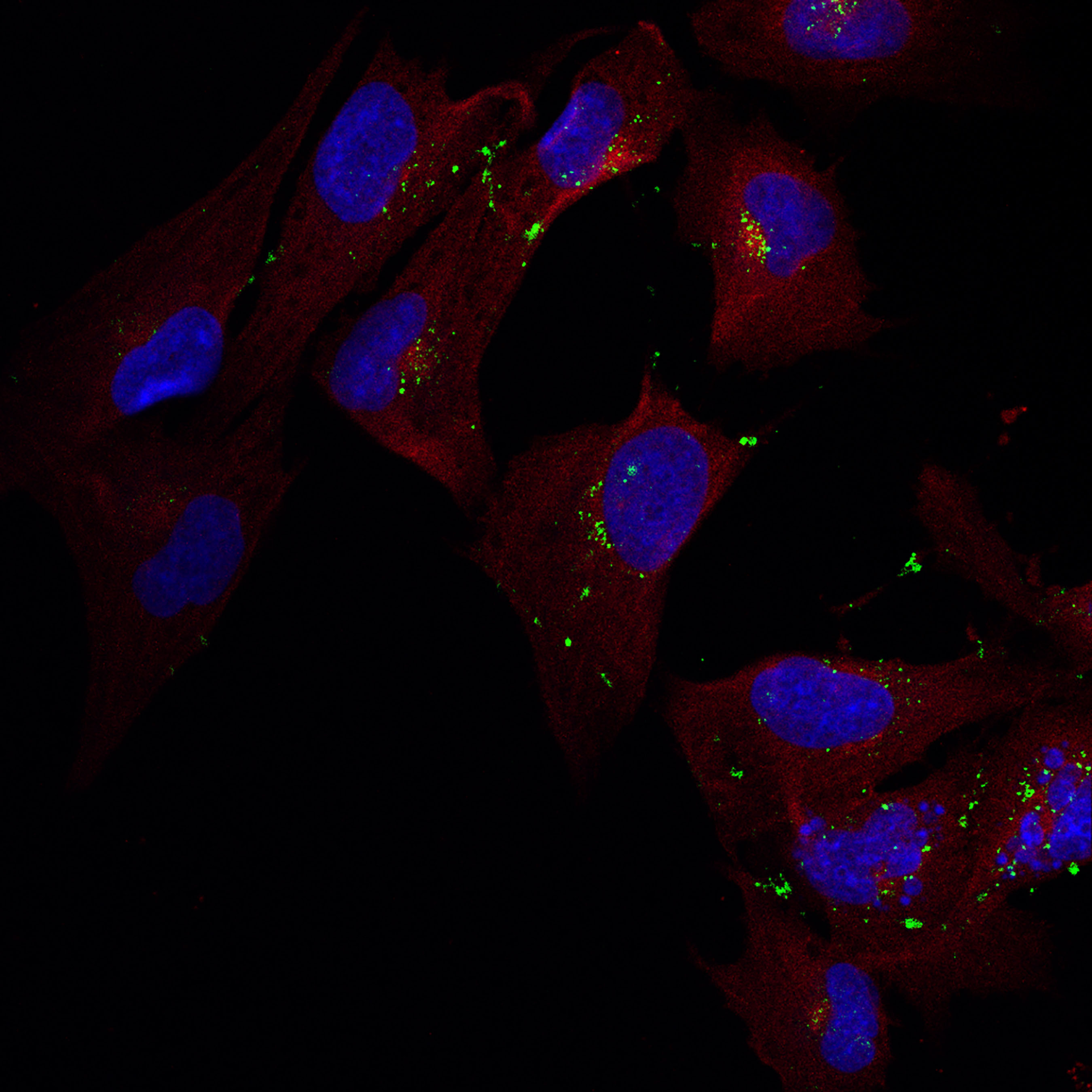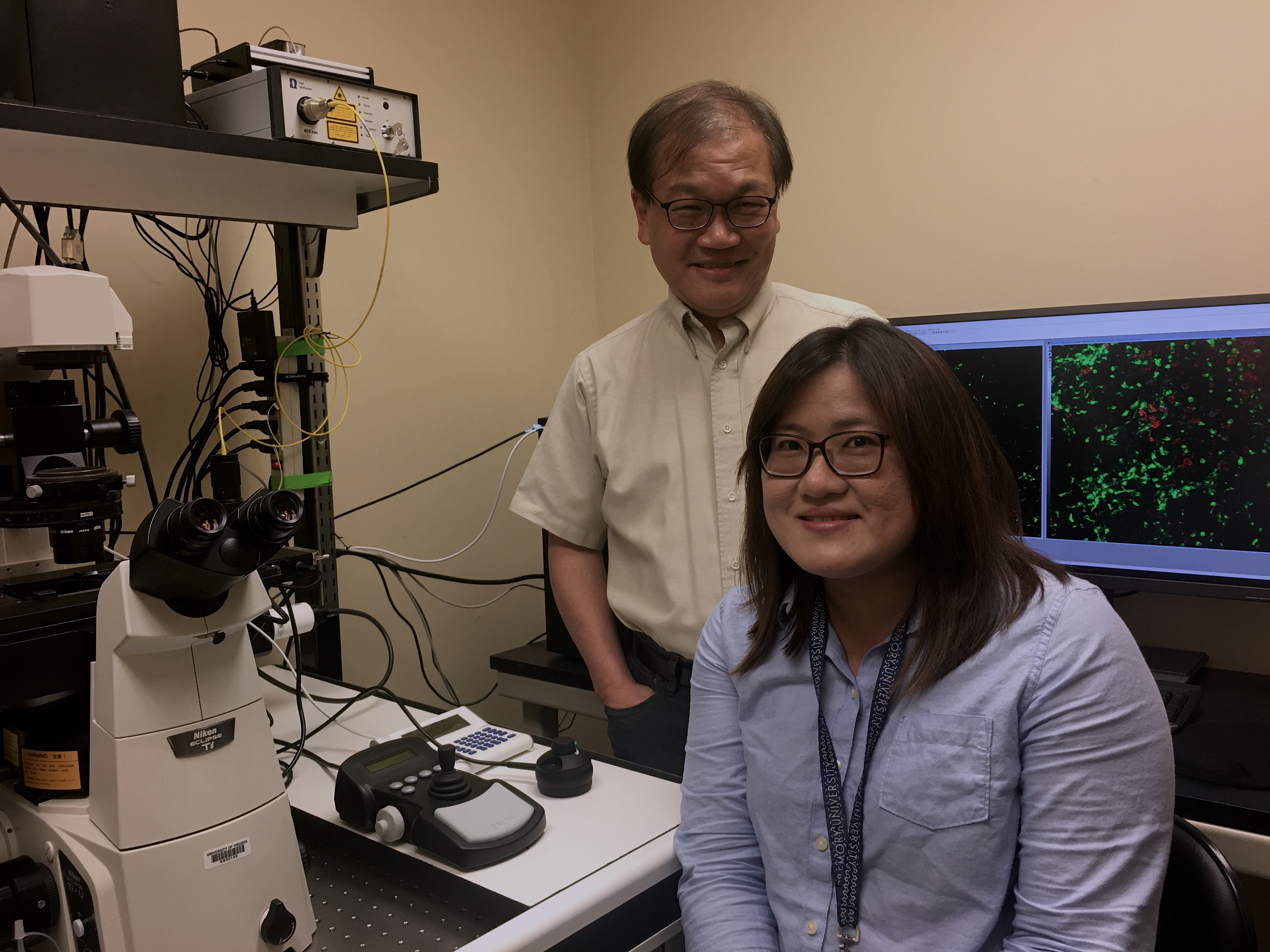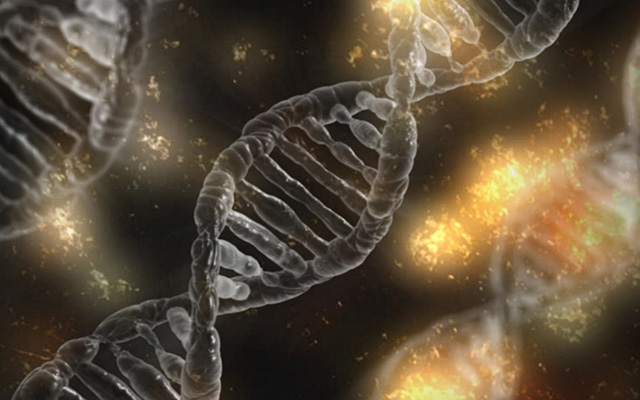Using novel genetic and genomic tools, researchers at the Icahn School of Medicine at Mount Sinai have shed light on the role of immune cells called macrophages in lipid-rich tissues like the brain, advancing our understanding of Alzheimer’s and other diseases.
Tag: Microglia
Protein Accumulation on Fat Droplets Implicated in Late-Onset Alzheimer’s Disease
In an effort five years in the making, UNC School of Medicine cell biologist Sarah Cohen, PhD, and Rockefeller University’s Ian Windham, PhD, describe the interplay between fats and proteins in brain cells and how their dysfunction contributes to the development of late-onset Alzheimer’s disease.
Saturated fat may interfere with creating memories in aged brain
New research hints at a few ways fatty foods affect cells in the brain, a finding that could help explain the link between a high-fat diet and impaired memory – especially as we age.
Researchers Connect Alzheimer’s-Associated Genetic Variants with Brain Cell Function
Led by scientists at UNC-Chapel Hill and UC-San Francisco, research reveals new non-coding genetic variants associated with Alzheimer’s disease functioning in microglia – brain cells already implicated in the progression of this often-fatal neurodegenerative condition.
Specialized T cells in the brain slow progression of Alzheimer’s disease
Scientists at St. Jude Children’s Research Hospital found that a subset of CD8+ T cells in the brain lessens the activation of microglia and limits disease pathology in a model of Alzheimer’s disease.
Traumatic Brain Injury Interferes with Immune System Cells’ Recycling Process in Brain Cells
In a new study published in the January issue of Autophagy, they found that after traumatic brain injury, the brain’s immune system cells’ internal recycling function slowed dramatically, allowing waste products to build up and interfere with recovery from injury.
Identifying the inflammatory cells behind chemo brain
Immune cells that keep the brain free of debris but also contribute to inflammation are the likely culprits behind the concentration and memory problems that sometimes follow one type of chemotherapy, a new study in mice suggests.
Drug Targeting Tauopathies in Mice Reveals Sex Differences in Response
UCSF researchers systematically tested CSF1R inhibition using multiple drug analogs at several time points in transgenic mice developing spontaneous tauopathy. The researchers demonstrated a reduction of tau pathology in multiple dosing schemes without complete microglial ablation.
Researchers Identify the Role of an Alzheimer’s Disease Risk Gene in the Brain
Inflammatory response linked to amyloid plaque buildup
Beyond the blood-brain barrier: HIV research at Texas Biomed gets NIH funding boost
Texas Biomed has received a $3.9 million NIH grant to explore how gene-editing technology may help eradicate HIV in the brain.
‘Resetting’ the injured brain offers clues for concussion treatment
New research in mice raises the prospects for development of post-concussion therapies that could ward off cognitive decline and depression, two common conditions among people who have experienced a moderate traumatic brain injury.
Brain Cancer: Hunting What’s Left
Like a mystery detective, Sara G.M. Piccirillo, PhD, is hunting deadly bad actors by studying the crime scene and questioning bystanders one by one. But these bad actors are cells in the brain. She is using two grants to study tumor cells and cells in the surrounding area, one by one.
Microglia Might Lessen Seizure Severity in Epilepsy
Article title: Microglia depletion exacerbates acute seizures and hippocampal neuronal degeneration in mouse models of epilepsy Authors: Mei Liu, Lijuan Jiang, Min Wen, Yue Ke, Xiangzhen Tong, Weiyuan Huang, Rongqing Chen From the authors: “Our study indicates that microglia are innately ready…
The Novel Role of Microglia as Modulators of Neurons in the Brain Is Discovered by Mount Sinai Researchers
Findings offer potential target for treating behavioral abnormalities associated with neurodegenerative conditions like Alzheimer’s Disease

Brain’s Immune Cells Promising Cellular Target for Therapeutics
Inspired by the need for new and better therapies for neurodegenerative diseases, Rutgers University researchers are exploring the link between uncontrolled inflammation within the brain and the brain’s immune cells, known as microglia, which are emerging as a promising cellular target because of the prominent role they play in brain inflammation. In APL Bioengineering, the group highlights the design considerations and benefits of creating therapeutic nanoparticles for carrying pharmacological factors directly to the sites of the microglia.

Strokes in babies are surprisingly common. Here’s how the body rushes to the rescue.
New research is shedding light on the development of the brain’s immune defenses – and how those defenses respond to strokes that strike one in 4,000 babies in the first month of life.
Microglia Might Lessen Seizure Severity in Epilepsy
New research in mice highlights the potential protective effect of microglia—a type of non-neuronal cell in the brain—against overactivation of the central nervous system during acute epileptic seizures. The study is published in the American Journal of Physiology-Cell Physiology.
Researchers Identify a Protein That Is Critical for Wound Healing after a Central Nervous System Injury
after a Central Nervous System Injury
(New York – March 2, 2020) Plexin-B2, an axon guidance protein in the central nervous system (CNS), plays an important role in wound healing and neural repair following spinal cord injury (SCI), according to research conducted at the Icahn School of Medicine at Mount Sinai and published today in Nature Neuroscience.
Flickering Light Mobilizes Brain Chemistry That May Fight Alzheimer’s
The promise of flickering light to treat Alzheimer’s takes another step forward in this new study, which reveals stark biochemical mechanisms: The 40 Hertz stimulation triggers a marked release of signaling chemicals.

Genetic Variation in Individual Brain Cell Types May Predict Disease Risk
Researchers identified non-coding regions of the human genome that control the development and function of four brain cell types and mapped genetic risk variants for psychiatric diseases. They found that risk variants for Alzheimer’s disease were enriched in microglia-specific regulatory elements.

Scientists discover link between unique brain cells and OCD and anxiety
Scientists discovered a new lineage of specialized brain cells, called Hoxb8-lineage microglia, and established a link between the lineage and OCD and anxiety in mice. Their experiments proved that Hoxb8-lineage microglia prevent mice from displaying OCD behaviors and sex hormones drove symptom severity and anxiety.
Link between brain immune cells and Alzheimer’s disease development identified
Irvine, Calif., Aug. 21, 2019 — Scientists from the University of California, Irvine School of Biological Sciences have discovered how to forestall Alzheimer’s disease in a laboratory setting, a finding that could one day help in devising targeted drugs that prevent it. The researchers found that by removing brain immune cells known as microglia from rodent models of Alzheimer’s disease, beta-amyloid plaques – the hallmark pathology of AD – never formed.

Alzheimer’s missing link ID’d, answering what tips brain’s decline
Brain’s immune cells form nexus between two damaging Alzheimer’s proteins Years before symptoms of Alzheimer’s disease appear, two kinds of damaging proteins silently collect in the brain: amyloid beta and tau. Clumps of amyloid accumulate first, but tau is particularly…